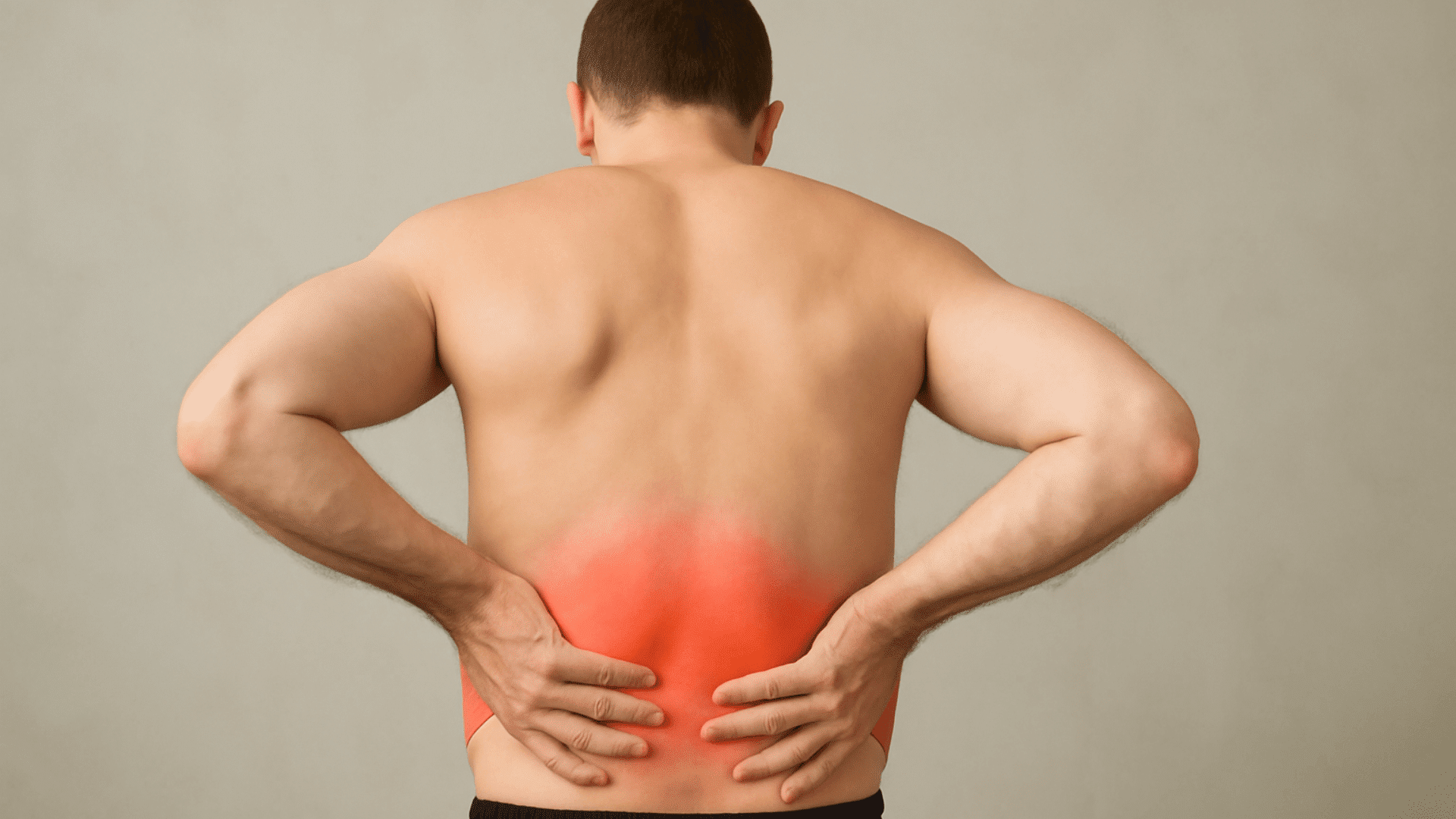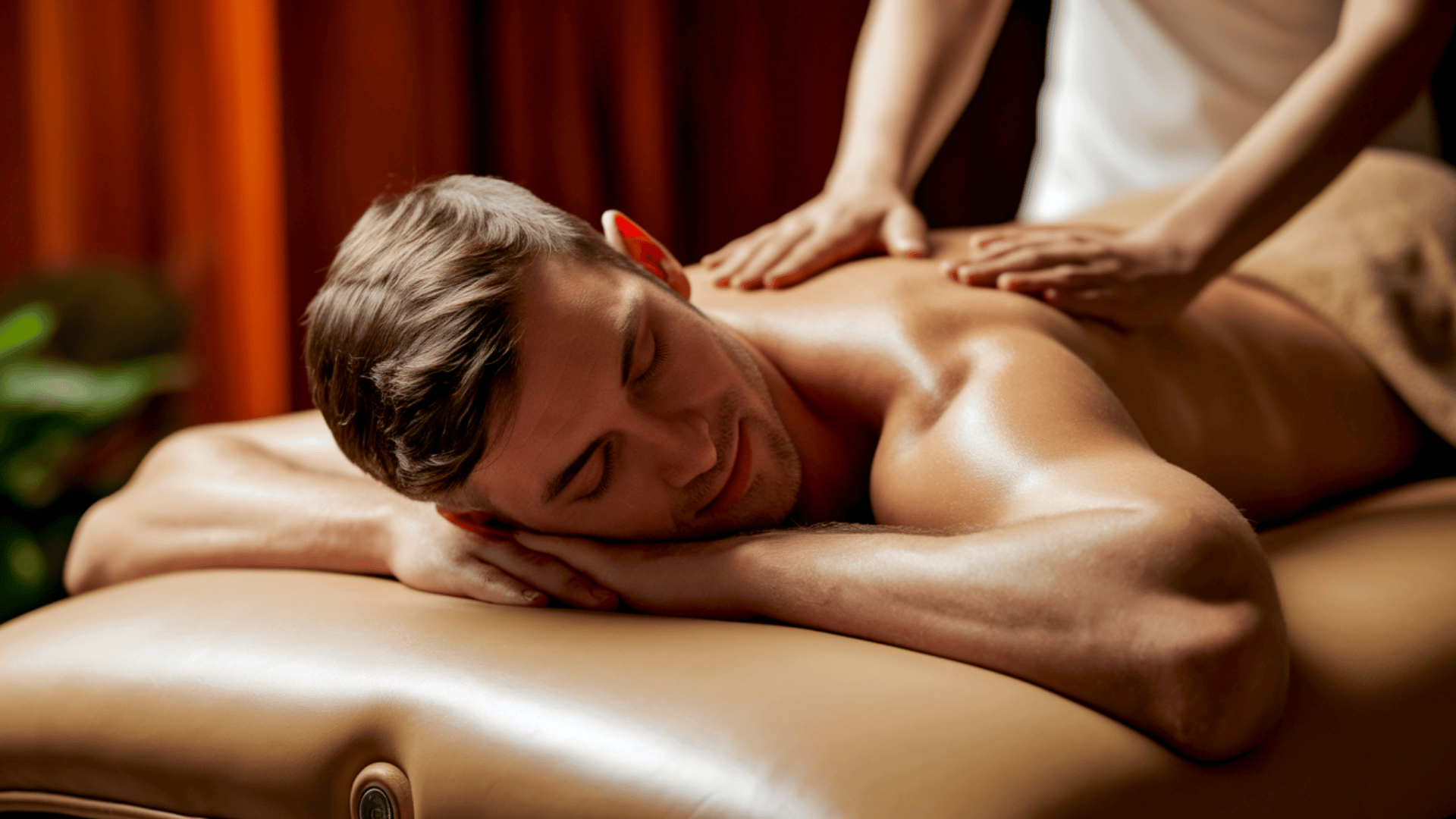Ever walked out of a massage feeling amazing, only to wake up the next morning feeling like you got hit by a truck? That hurts, right?
Many people experience soreness after a massage, and it’s completely normal.
This surprising after-effect can leave you wondering if something went wrong during your session.
The good news is that post-massage soreness is usually a sign that your muscles are responding well to the treatment.
Understanding why this happens can help you better prepare for your next massage and know what to expect during your recovery.
What is Post-Massage Soreness?
Post-massage soreness is common after deep tissue work. Some people feel achy right away. Most notice soreness the next day.
This muscle ache can last hours or days. It depends on your treatment type, body response, and aftercare.
Post-massage soreness is like delayed onset muscle soreness (DOMS). It’s similar to workout soreness. You’ll feel muscle tenderness, stiffness, and mild inflammation.
This happens most with remedial and sports massages. These treatments target muscle restrictions. They work to restore natural movement and relaxation.
The soreness shows your muscles are responding well to treatment. It’s a normal part of the recovery process.
What Might Cause Soreness After a Deep Tissue Massage?

Your body goes through several complex processes during and after a massage that can lead to soreness.
Here’s what’s happening beneath the surface:
1. Microtrauma to Muscle Fibers
Deep tissue massage and techniques, such as trigger point therapy, apply focused pressure to your muscles and connective tissue.
This pressure can create microscopic tears in myofibrils and connective tissue, similar to what happens during exercise. These tiny tears aren’t harmful; they’re actually part of how your muscles repair and strengthen themselves.
However, they do trigger a localized inflammatory response that brings immune cells to the area, which can cause soreness and tenderness.
2. Inflammatory Response and Edema
When those microscopic tears occur, your body sends neutrophils and macrophages (types of immune cells) to help with healing.
This immune activity leads to increased vascular permeability and interstitial fluid accumulation (edema), resulting in an increase in fluid in your tissues. This extra fluid can make your muscles feel stiff and uncomfortable.
While massage improves blood and lymphatic flow, it can temporarily increase inflammation as part of your body’s natural healing process.
3. Increased Circulation and Metabolite Clearance
Massage promotes better blood flow and lymphatic drainage, which helps remove pain substrates like lactic acid and cellular debris from your muscles.
While this cleanup process is beneficial, it can temporarily make soreness more noticeable as your body adapts to the increased metabolic activity.
It’s like renovating a house; things might look messier before they look better.
4. Neurological Factors
Massage stimulates various nerve receptors in your muscles and skin. It can change how your nervous system processes pain signals through gate control mechanisms.
This neurological response can sometimes increase your sensation of soreness immediately after treatment, even though the massage is ultimately helping your muscles heal and function better.
When is Post-Massage Soreness Normal vs. Concerning?
Understanding the difference between normal post-massage soreness and something that needs attention is important for your safety and peace of mind.
| NORMAL SORENESS | CONCERNING SYMPTOMS |
|---|---|
| Mild to moderate muscle tenderness | Severe, sharp, or shooting pain |
| Stiffness that improves with gentle movement | Pain that worsens with any movement |
| Soreness that peaks at 24-48 hours | Immediate, intense pain during massage |
| Resolves within 2-3 days | Persistent pain beyond 72 hours |
| No visible bruising or swelling | Significant bruising, swelling, or numbness |
| General muscle achiness | Localized burning or tingling sensations |
If you’re experiencing symptoms from the concerning column, it’s advisable to reach out to your massage therapist or healthcare provider.
Most post-massage soreness falls into the normal category and is your body’s way of adapting to the therapeutic work that was done.
How Long Should You Be Sore After a Massage?

The timeline for post-massage soreness follows a predictable pattern that’s similar to exercise-induced muscle soreness.
Typically, you’ll start feeling sore within a few hours to 24 hours after your massage.
The soreness usually peaks around 24 to 48 hours post-treatment, when the inflammatory response is at its strongest.
From there, it should gradually decrease and completely resolve within 48 to 72 hours.
The intensity and duration of soreness often depend on the depth and aggressiveness of the massage; deeper work tends to cause more temporary soreness than lighter, relaxation-focused treatments.
How to Relieve Post-Massage Soreness?

While post-massage soreness is normal, you don’t have to suffer through it.
Here are some effective ways to ease the discomfort:
- Stay hydrated – Drink plenty of water to help flush out toxins and reduce inflammation
- Apply heat – A warm bath, heating pad, or warm compress can increase blood flow and relax muscles
- Do gentle stretching – Light movement and stretching can reduce stiffness without causing more damage
- Consider anti-inflammatory foods – Foods like berries, leafy greens, and fatty fish can help reduce inflammation naturally.
- Get adequate rest – Your body does most of its healing during sleep
Remember, the goal isn’t to eliminate all sensation but to manage discomfort while allowing your body to complete its natural healing process.
KNOW WHEN TO SEEK HELP:
Contact your therapist or doctor if you have severe pain, numbness, or soreness lasting over 72 hours. Trust your instincts—if something feels seriously wrong, get it checked out.
The Last Line
Post-massage soreness is a normal and often beneficial response that indicates your muscles are adapting to the therapeutic work they received.
Understanding that this soreness involves microtrauma-induced inflammation, edema, and neuromodulation, similar to what happens after exercise, can help you approach it with confidence rather than concern.
The key is knowing what’s normal (mild to moderate soreness that resolves within 2-3 days) versus what needs attention (severe or persistent symptoms).
Remember, communication with your massage therapist about your comfort level and any concerns is essential for getting the most out of your treatments while staying safe.








